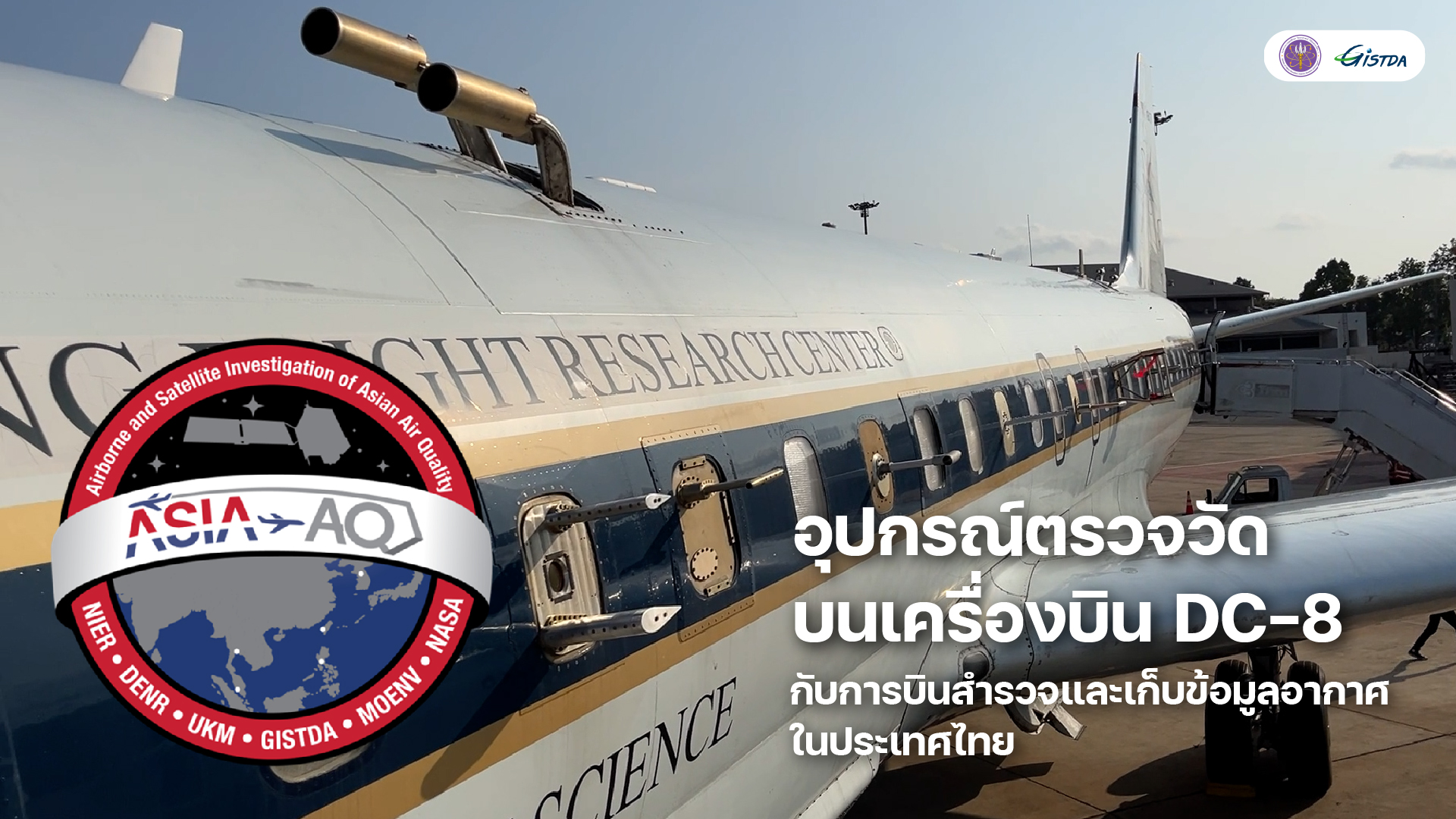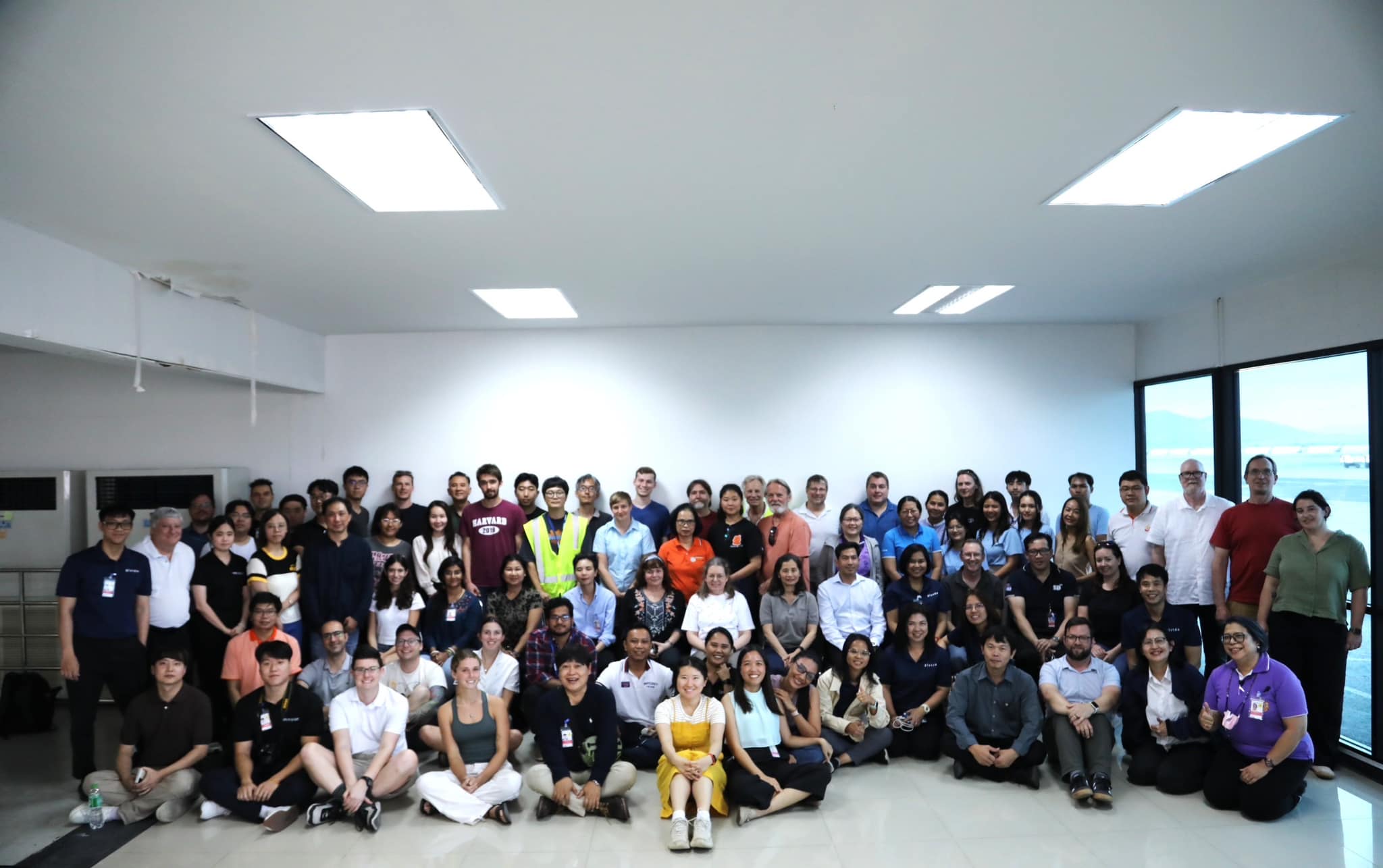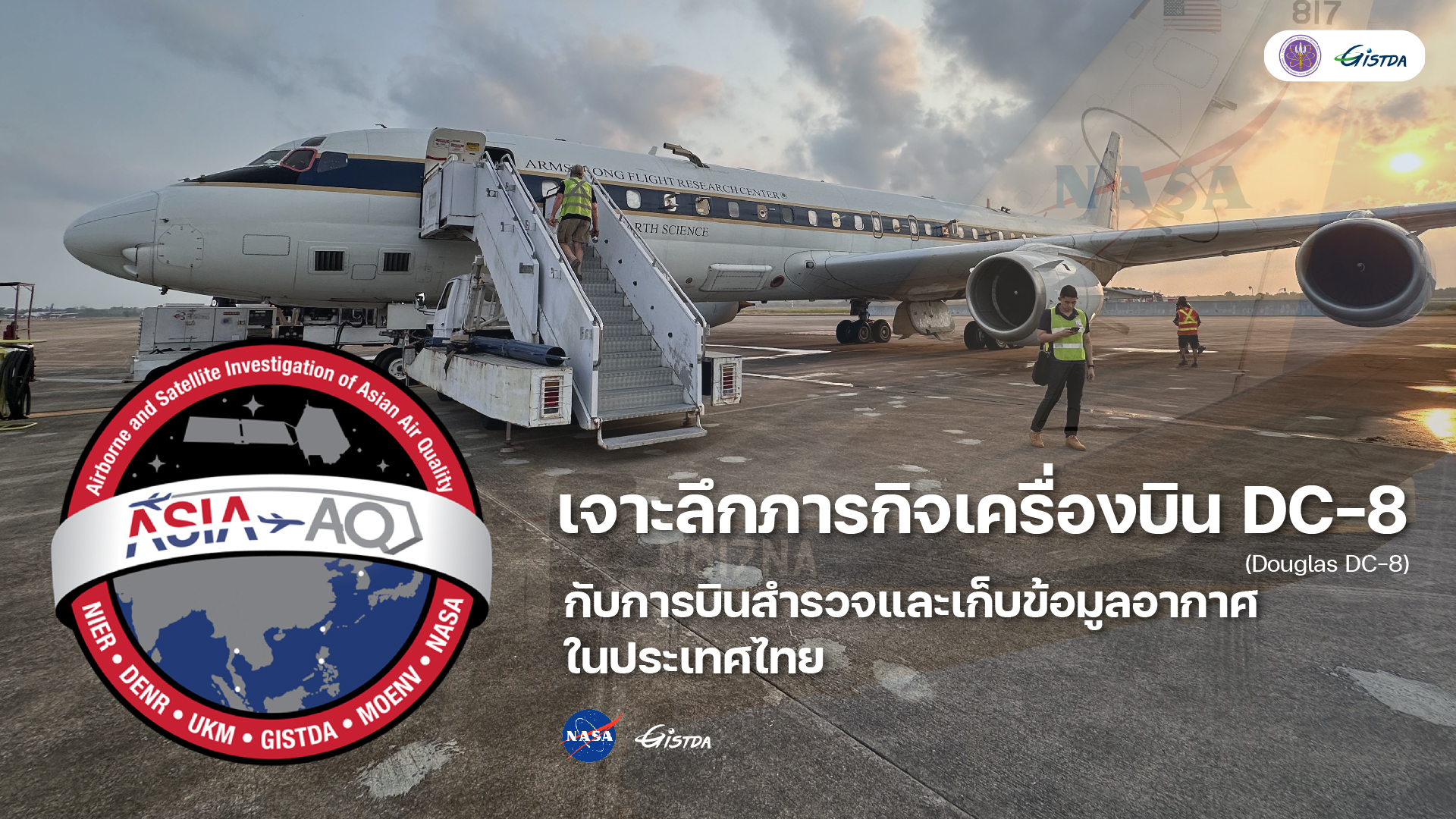Satellites
Satellites refer to materials created by imitating the satellites of planets to orbit the earth or horizons. It consists of equipment used for collecting data towards space and transferring it to the earth. The materials orbiting around the earth are also used for telecommunication such as radio wave broadcasting and television broadcasting across the continents, etc.
Types of Satellites
The satellites are categorized based on its utilization as follows:
1. Astronomical satellites used for observing the stars faraway from earth, galaxy, including other materials in the space such as MAGELLAN observing Venus, GALILEO observing Jupiter, etc.
2. Communication satellites are in the space permanently and communicates through radio wave with microwave frequency. Most of them are in the geostationary orbit such as INTELSAT, INTELSAT, THAICOM, etc.
3. Earth observation satellites are specifically designed for observing, following resources and environment on the earth, including mapping such as LANDSAT RADARSAT ALOS and THEOS, etc.
4. Navigation satellites navigates the use of radio wave and code between satellites and receiver on earth. It correctly finds out positions on the earth all the time. The satellites are for example, NAVSTAR GLONASS and GALILEO, etc.
5. Reconnaissance satellites are high resolution satellites or communication satellites used for military affairs, espionage or air strike warning such as KEYHOLE and LACROSSE, etc.
6. Meteorological satellites are observation satellites used for global weather prediction such as NOAA GMS and GOES, etc.
Satellite orbit
Satellites revolve cyclically around the earth, which is called “orbit.” The orbit is categorized into two types:
1. Sun-synchronous orbit, a north-south orbit through the same local latitude, most of them are resource observation satellite orbits. The sun-synchronous orbit is categorized into two types:
1) Polar orbit is a circle orbit with polar diameter. It orbits at 500-1,000 kilometers height from earth surface, which is a low-level orbit revolving with speed of 28,000 kilometers per hour. Each orbit consumes only 90 minutes. It can be stated that it is an only orbit that can cover the areas around the earth.
2) Inclined orbit is circle and oval orbit. The quantity of inclined orbit is large and different based on incline or angle with equatorial plane and how oval the orbit is. This orbit travels at 5,000-13,000 kilometers height from earth surface. It can be used for either very high or low latitude or may cover all areas of earth surface.
2. Equatorial orbit is a horizontal circle orbit horizontally revolving with equator. If the orbit is at 36,000 kilometers height from earth surface, its speed is as same as the speed that earth revolves around itself, 24 hours per orbit. The satellite position seems to be constant all the time, which is called “Geo-stationary Orbit”, and the satellite revolving in this orbit is called “Geo-stationary Satellite.” Most satellites in this orbit are meteorological and communication satellites such as THAICOM.
Evolution of Earth Observation Satellites
The earth observation satellites quickly and continuously evolves. The satellite era was started when the National Aeronautics and Space Administration (NASA) successfully sent the first observation satellite called Earth Resources Technology Satellite to orbit around the earth on 23rd July 1972 (later changed to LANDSAT 1). The evolution of earth observation satellite is divided into three phases as follows:
1. Research and development phase (1972-1985) tried to use data from the first set of satellites; then developed its quality and details for effectively use. The satellites in this phase are LANDSAT 1-3, LANDSAT 4-5 and SEASAT, with resolution at 80, 30 and 30 respectively.
2. Operation and international cooperation phase (1986-1996) utilized the data from the observation satellites in any activities effectively and successfully, including both regional and international cooperation with other countries towards utilization and technological transfer. The satellites designed in this phase have high-level resolution. It is used to study the materials at lower than 10 meters level and photograph piercing through cloud and fog such as radar system. The satellites in this phase are SPOT 1-4, MOS 1-2, JERS-1, IRS 1C, ERS 1, RADARSAT and ADEOS 1.
3. Technology and information phase (1997-present) is the phase of boundless information and advance space technology. After the end of the Cold War of great powers, the most advance technology was introduced to civilians, and there was more free commercial competition. The resource observation satellites with higher level of resolution were developed in this phase such as SPOT 5 with 2.5-meter resolution, IKONOS with 1-meter resolution and QuickBird with 61-centimeter resolution. It could automatically receive signals from the satellites or almost the same time with the satellites sending the signals, which caused much more attentiveness. Information from several satellites causes varied and up-to-date information effectively used for following environment conditions. Other satellites sent to orbit in this phase are IRS 1D from India, LANDSAT 7 from U.S.A., TERRA from cooperation between U.S.A. and Japan, RADARSAT from Canada, ENVISAT from European Community and ADEOS 2 and ALOS from Japan.



